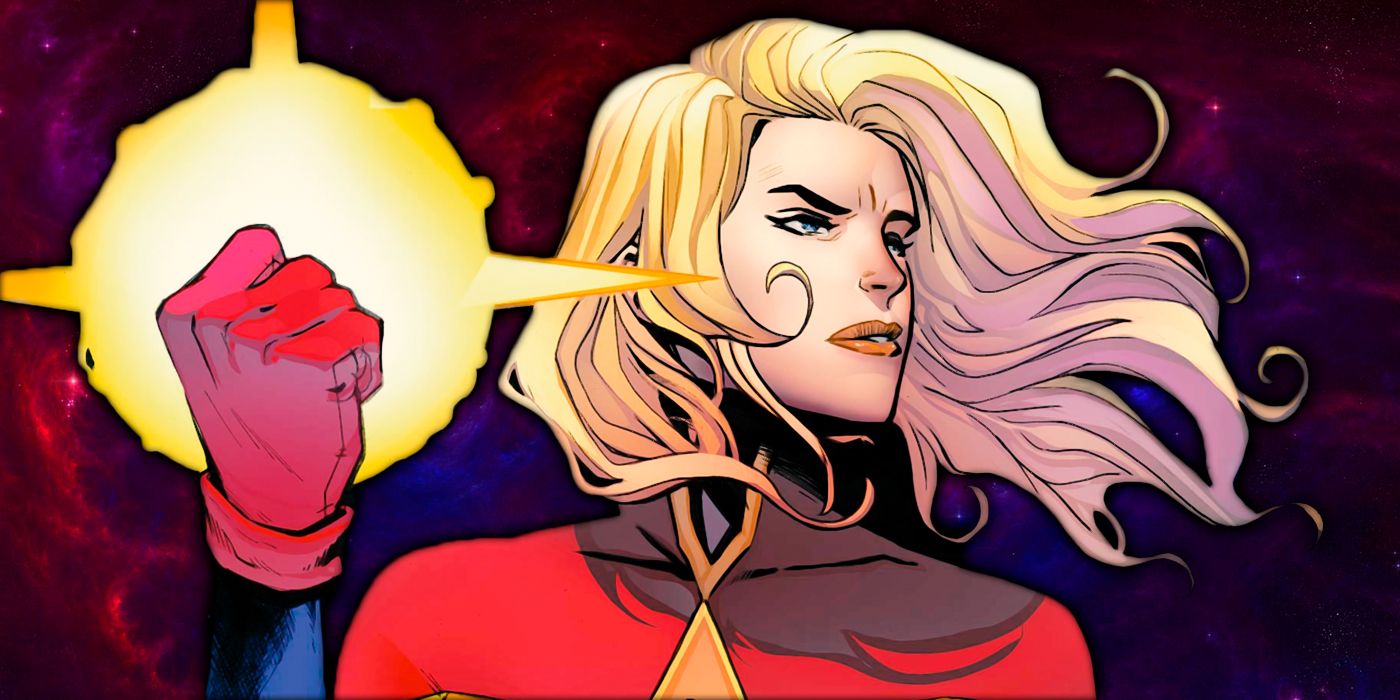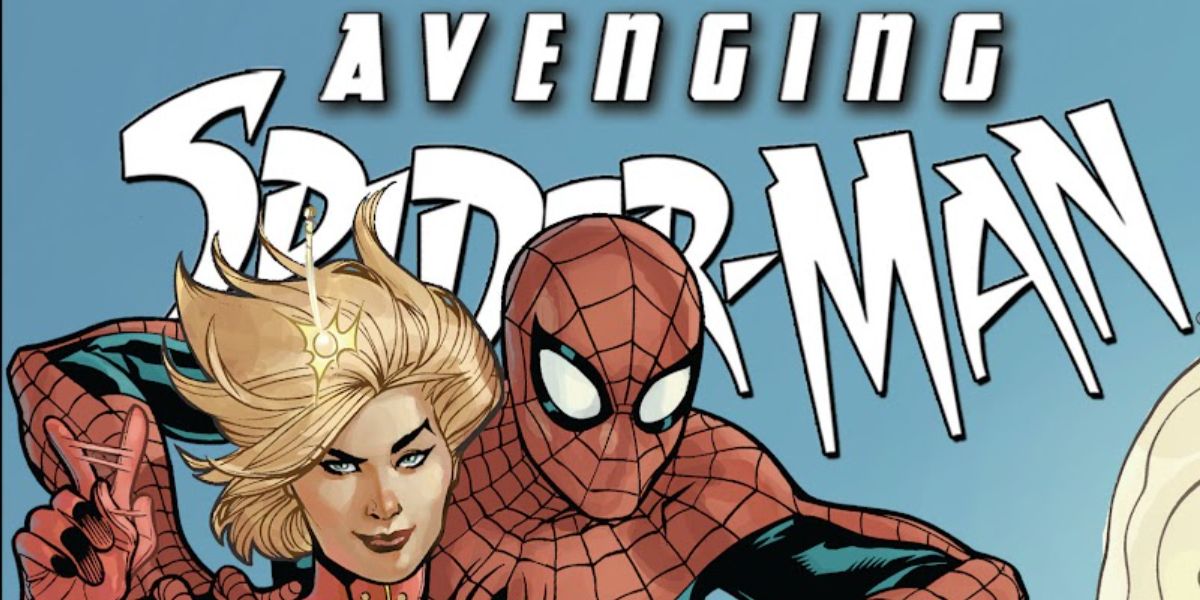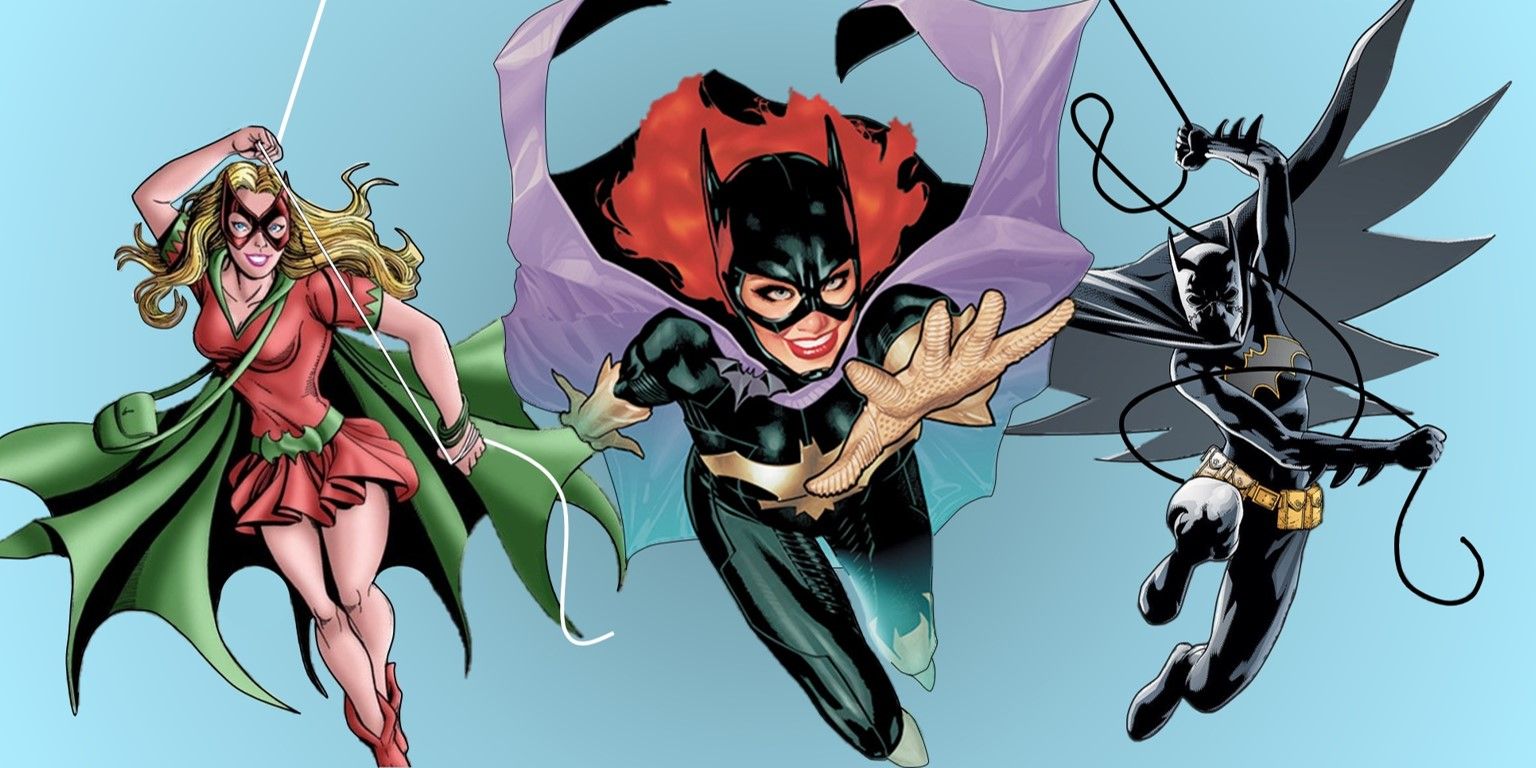The face of superheroism is quickly changing with great fanfare. As more people of varying races and genders more strongly identify and look for solace in the worlds of fantasy, heroes are being introduced or changed to meet market demand. Perhaps chief among these is the introduction of various female-identifying companions to well-established heroes. Additionally, fans have seen already existing women heroes given more agency and motivation.
Carol Danvers' Captain Marvel is one of the earliest examples of this trend and a harbinger of Marvel's "All-New, All-Different" initiative. Formerly Ms. Marvel and a female companion to the original Captain Marvel, Danvers made her first appearance as a full-fledged Captain in Avenging Spider-Man #9, which is a decade old today.
A bit of a canonical fluke, Avenging Spider-Man #9 takes place after Danvers premiered as Captain despite hitting stands before the story intended to pass her the mantel. A classic Spider-Man team-up, the title was a way to introduce readers to a new iteration of a character through a sort of back door introduction, a practice that became Marvel's de facto modus operandi during the "All-New, All-Different" initiative. Intentionally or not, Spider-Man provided a kind of cover for Carol from fans of the sort inclined to attack the character's higher profile and less sexualized look. The Wall-crawler is a safe character who tends to bring Marvel fans together, the sugar to help the metaphorical medicine of a non-White Man protagonist go down more smoothly with Marvel's white male base.
Since Danvers, more female characters have come into their own beyond simply being "hero x for girls." Supergirl, for example, is a massively influential character in multiple forms of media. Batgirl/Oracle is back in the game, leading a team of other "Batgirls." The new person bearing the Ms. Marvel title is a young Muslim girl with complex motivations far beyond "Captain Marvel's understudy," eventually becoming one of the leading young figures in Marvel's universe.
Character complexity aside, Captain Marvel served as a sort of litmus test for the "All-New, All-Different" initiative. The character's promotion was long overdue, and the story fit well with where the Marvel universe was going. Nonetheless, pulling the trigger on Danvers becoming Captain Marvel, a character who had gone essentially unchanged for decades, was a risk. If changing an older character with a small, not especially vocal fanbase could be done, then making similar changes to Wolverine, Thor, and more might also be possible without setting off massive fan unhappiness. Introducing these alternate characters – these female characters stepping outside of support roles – Marvel introduced characters without whom such films as Logan and Thor: Love and Thunder would be impossible.
A decade ago today, Captain Marvel brought 4th-wave feminism to Marvel, and a climbing number of heroes followed in her wake. This huge step forward for the entire genre brilliantly encapsulates Captain Marvel's ascendancy. Carol Danvers' rise to the new role helped to set the stage for one of the industry's most dominant themes of the past decade. Though only one of many, the All-New, All-Different Captain Marvel's introduction was essential for female superheroes moving forward. Her staying power is a testament to the positive effects of diversity in comics.



